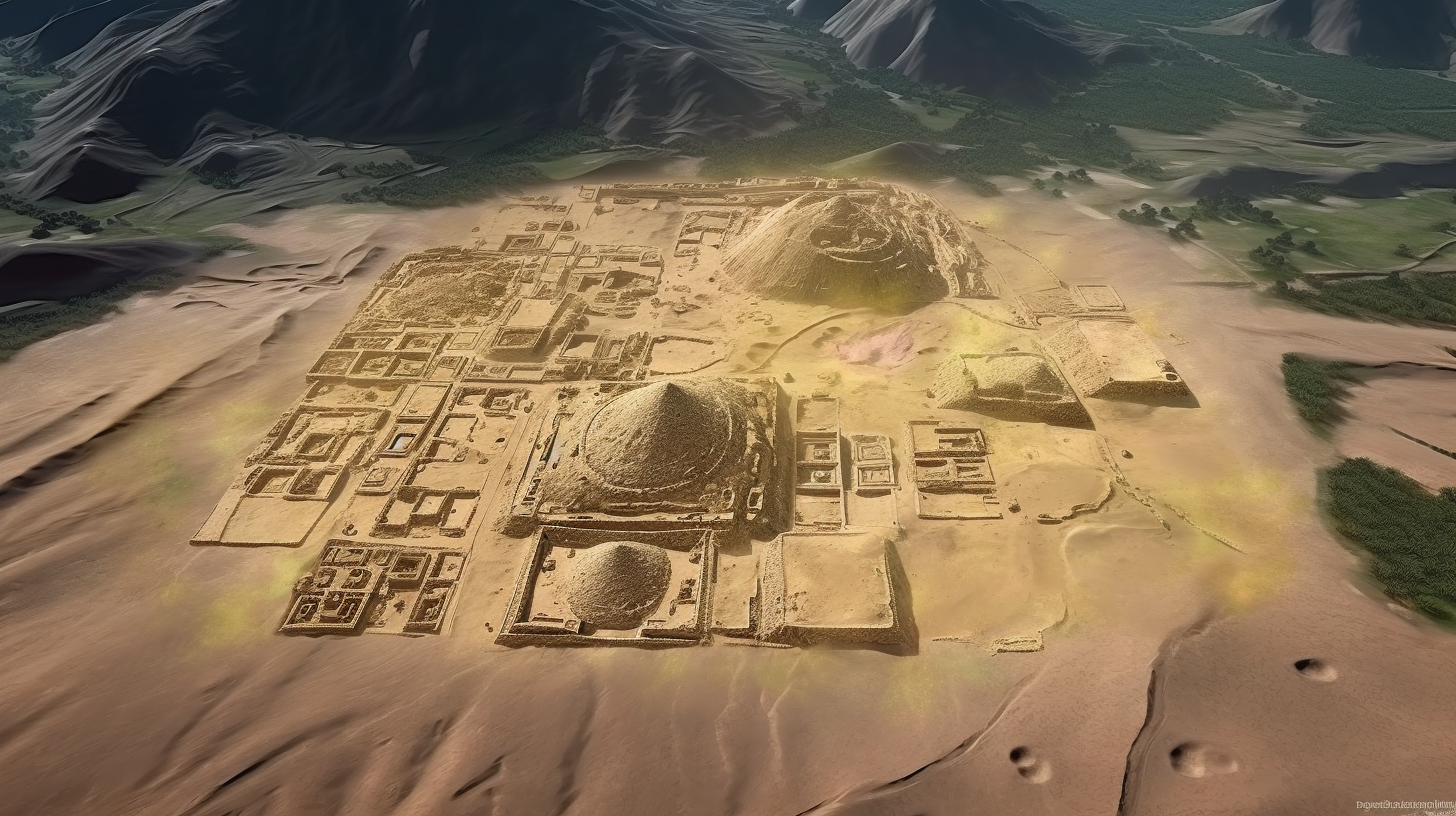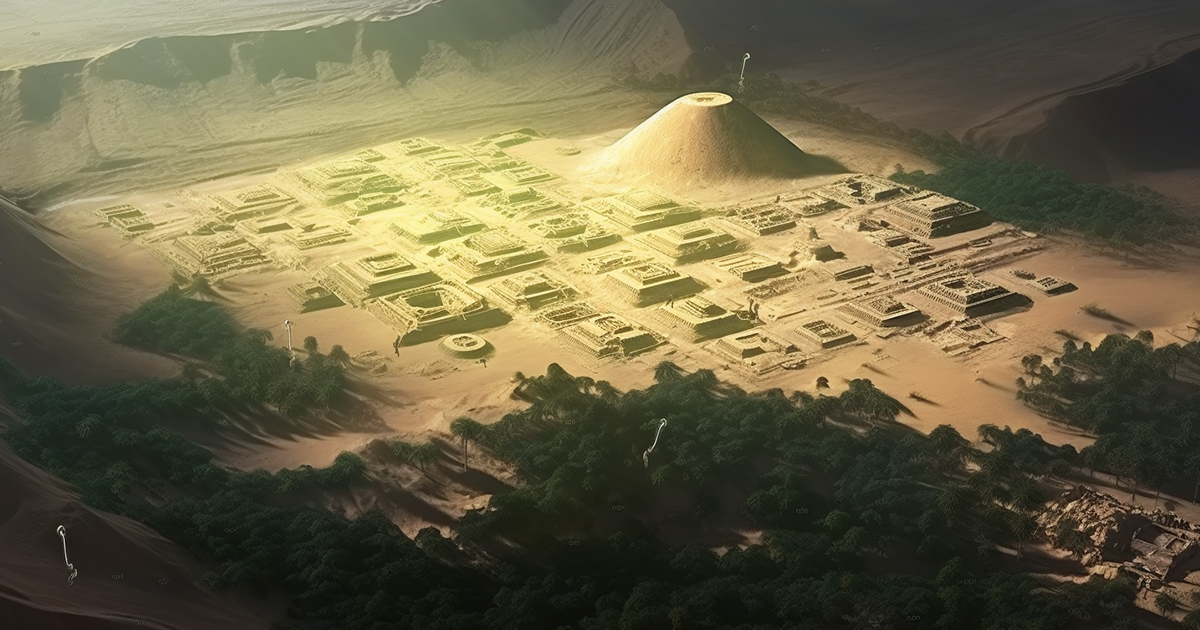Inception
Across the vast expanse of history, there arise moments that challenge our understanding of ancient times, beckoning us to reconsider the established narrative. One such pivotal juncture occurred back in 1994 when Peruvian researcher Ruth Shoddy Solas stumbled upon the mysterious city of Coral. Initially disregarded as insignificant remnants, Coral gradually revealed itself as a complex and vast civilization. Yet, the most puzzling aspect of this revelation was its profound age, sparking speculations about potential extraterrestrial influences.
Unveiling the Enigma of Coral
Coral, a longstanding archaeological puzzle since its discovery in 1905, remained unsolved until Ruth Shoddy Solas embarked on her exploration in 1994, uncovering the grandeur of Coral. The archaeological complex she encountered featured a sunken amphitheater to the south, a towering pyramid to the north, and numerous smaller pyramids encircling a central hub. Within this architectural ensemble, residential structures stood, painting a vibrant picture of a once-thriving community.

A Startling Discovery
Beneath the surface, a remarkable find awaited. In 1999, beneath one of the pyramids, Ruth Shoddy and her team unearthed a treasure that would reshape historical narratives – well-preserved mesh bags crafted from chicron grass. These bags offered organic material suitable for carbon dating, a scientific technique previously unfeasible for inert materials like stone ruins.
The Ancient Epoch of Coral
The results of carbon dating reverberated across the archaeological sphere. Coral was unveiled to precede the Inca civilization by more than 3,000 years, tracing its origins back to at least 2600 BC, potentially even earlier. This recalibrated the site’s inception by over 4,600 years, establishing it as one of the oldest known civilizations in the Americas. The implications of this revelation were monumental, challenging the traditional chronology of human civilizations on the planet.
Coral: A Prevailing Influence in South America?
The dating of Coral sparked a revolution in South American archaeology, suggesting that Coral might be the foundational culture of South America, laying the groundwork for subsequent societies. Traditionally, the birthplace of civilization was thought to be in the Middle East, but Coral’s ancient roots upended this narrative.
Extraterrestrial Conundrums?
The revelation of Coral’s antiquity and sophistication posed a dilemma for archaeologists and historians. The established timeline of human history had been disrupted, prompting considerations of potential extraterrestrial intervention. Did Coral, with its advanced knowledge and technology, receive aid from beings beyond our earthly realm? This question ignites both curiosity and unease among experts in the field.
The Continuing Narrative of Coral
As excavations at Coral continue unveiling fresh revelations, the mystery surrounding this ancient civilization deepens. South American archaeology finds itself in a transformative era, with the revelations from Coral reshaping our understanding of human history on the continent. The possibility of extraterrestrial influence remains tantalizingly unresolved, urging us to plunge into the depths of our past and reconsider the enigmas of our world.
Visual Depiction:
Closing Reflections
The Saga of Coral stands as a testament to the ever-evolving realm of historical exploration. What once seemed insignificant has emerged as a symbol of the unknown, pushing the boundaries of our knowledge and prompting us to examine the potential impact of ancient entities in shaping our world. With ongoing excavations at Coral, we can only speculate about the hidden truths lying beneath the surface, poised to rewrite the annals of history once again.
